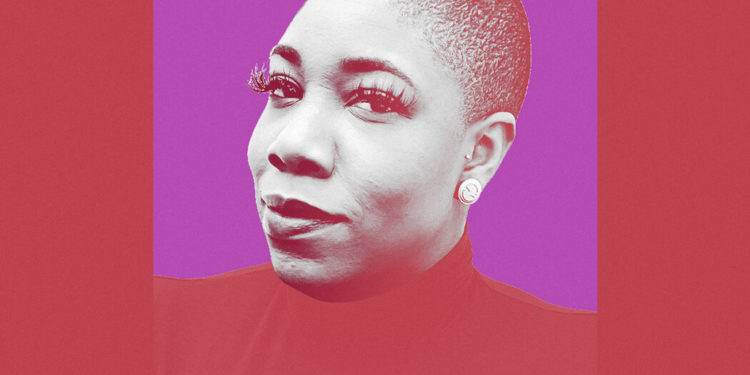Dailymail
Even Winston Churchill was impressed by two-year-old Lilibet, as her family called Princess Elizabeth.
On a visit to Balmoral in 1928, he wrote to his wife Clemmie: ‘She has an air of authority & reflectiveness astonishing in an infant.’
Granted, the constant company of doting adults encouraged a certain guileless precocity.
At age nine, when Lilibet was about to go for a walk with the Archbishop of Canterbury in the garden at Sandringham, she apparently requested that their conversation did not dwell on God. ‘I know all about Him already,’ she said solemnly.
Until she moved with her parents to Buckingham Palace, Lilibet lived at 145 Piccadilly, near Hyde Park, a grand four-storey building that came complete with a ballroom, electric lift, library, dining room for 30, and around 17 staff.
Yet, in a collective case of myopia, the Press lovingly described how her parents, then Duke and Duchess of York, had rejected the showy and ornate, opting for a life of simplicity.
There was much clucking of approval when it was revealed the princess was allowed to play with only one toy at a time.
Ironically, when the Yorks returned from a six-month tour of Australia in 1927, they brought with them an estimated three tons of toys for the little girl the media now dubbed ‘Betty’.
When her father became King, Lilibet learned to curtsey to her parents and speak of ‘the King and Queen’ rather than ‘Mummy and Daddy’.
It was all very formal: even the nursery menus now had to be in French — just like those put before her parents.
There was, however, one significant perk to being a princess in a palace. Just walking in front of the sentries, Lilibet discovered, meant they had to present arms each time. Wandering back and forth in front of a sentry became a new game she never tired of.
During the war, a number of young Guards officers — usually with a stately home lurking somewhere in the family background — were invited by the King and Queen to meals and entertainments at Windsor Castle. The Queen referred to them as ‘the Bodyguard’.
The presence of so many eligible bachelors gave rise to speculation that Princess Elizabeth was about to announce her engagement either to Charles Manners, the 10th Duke of Rutland, or Hugh FitzRoy, the Earl of Euston.


